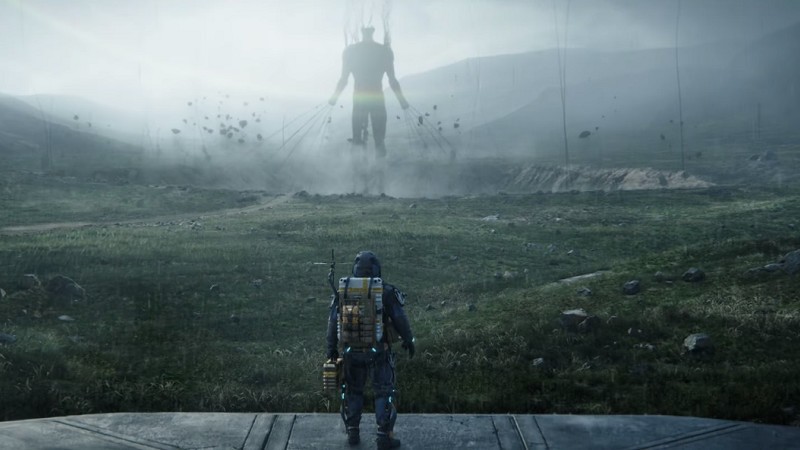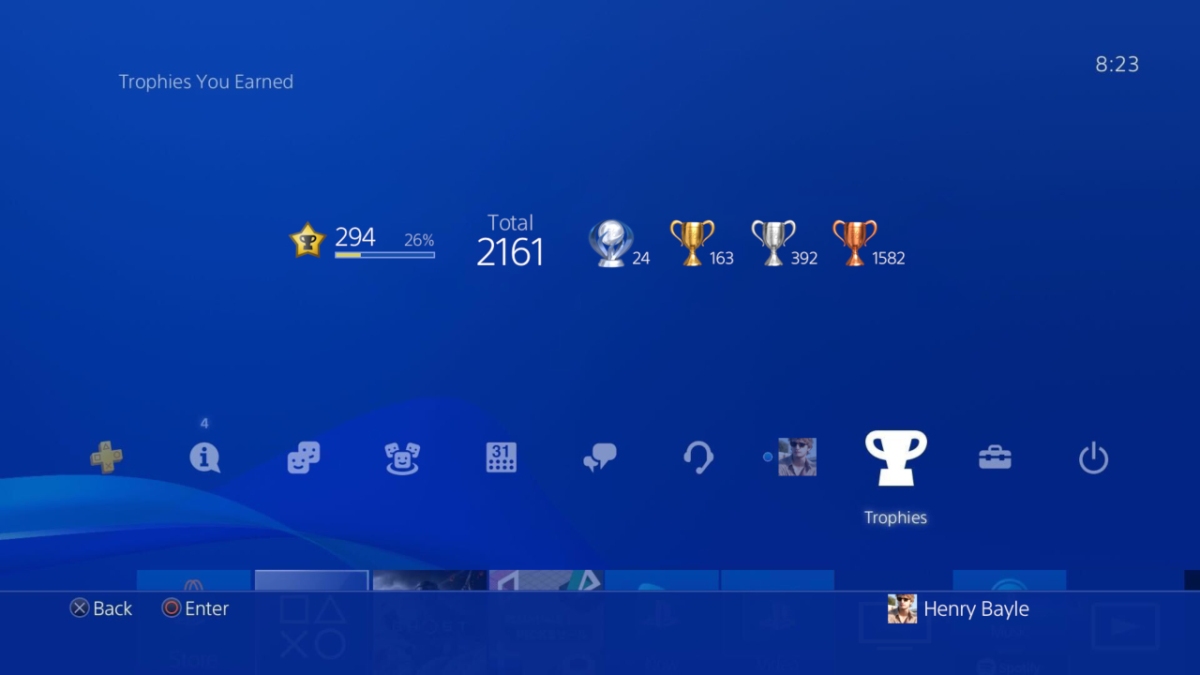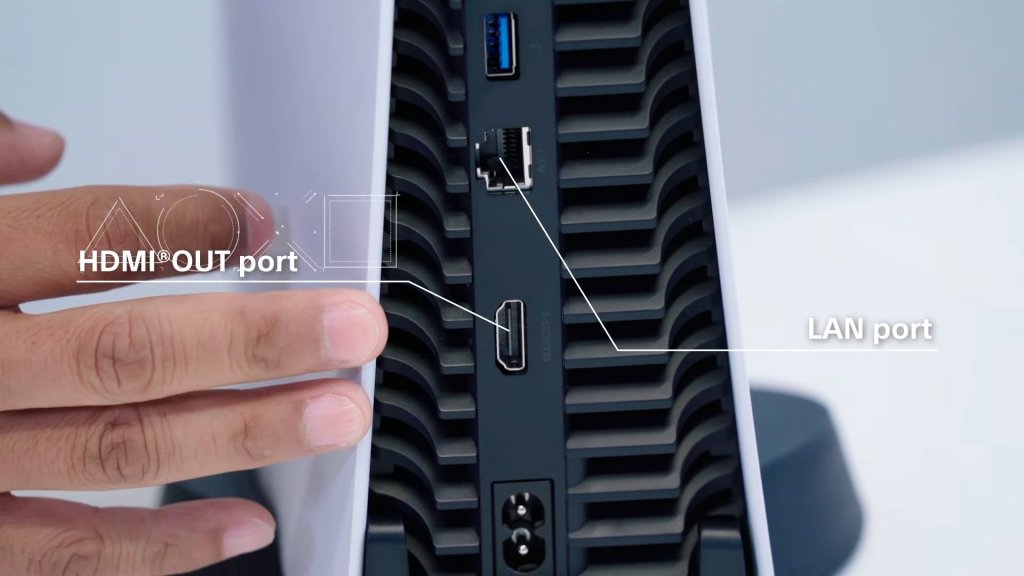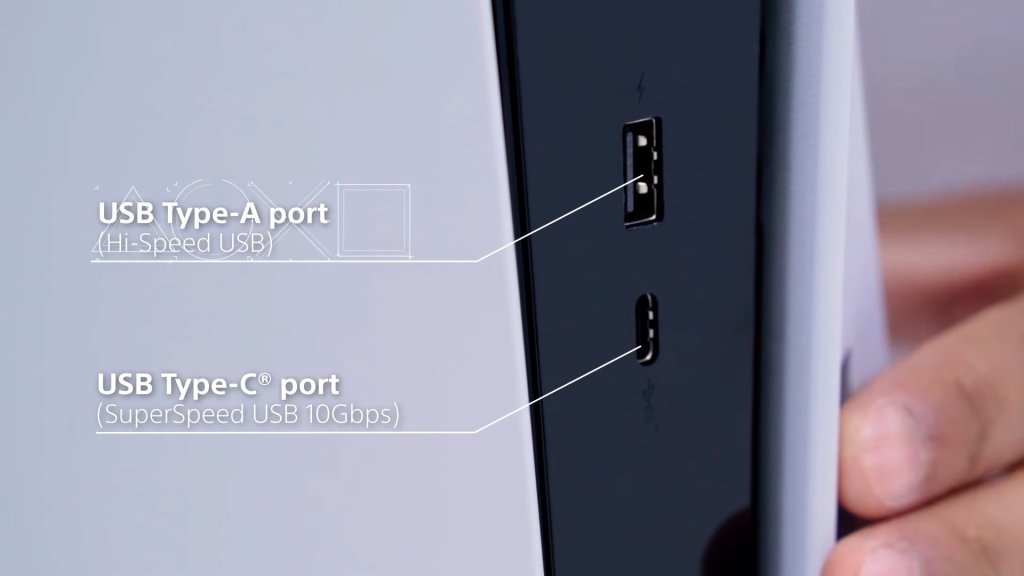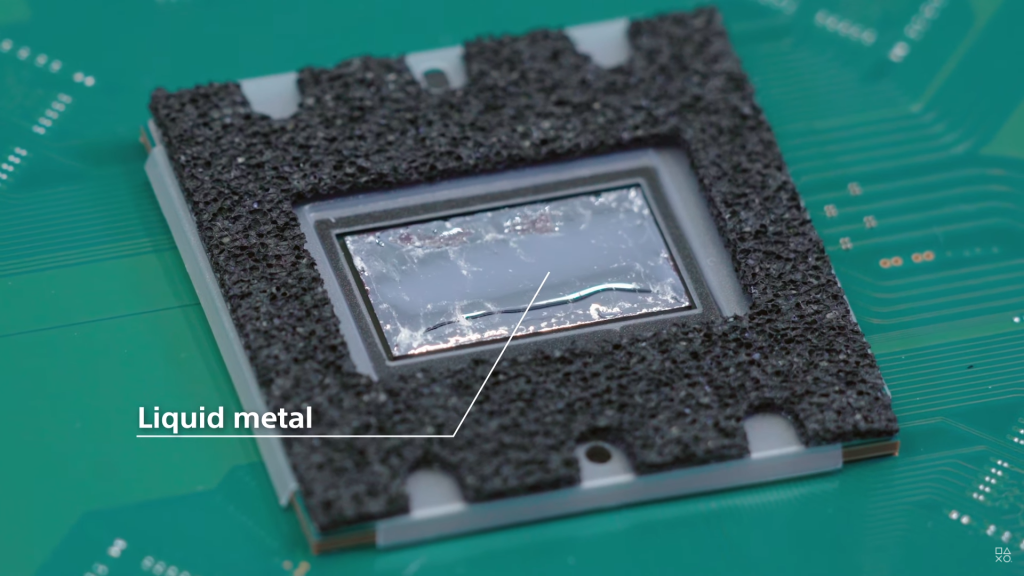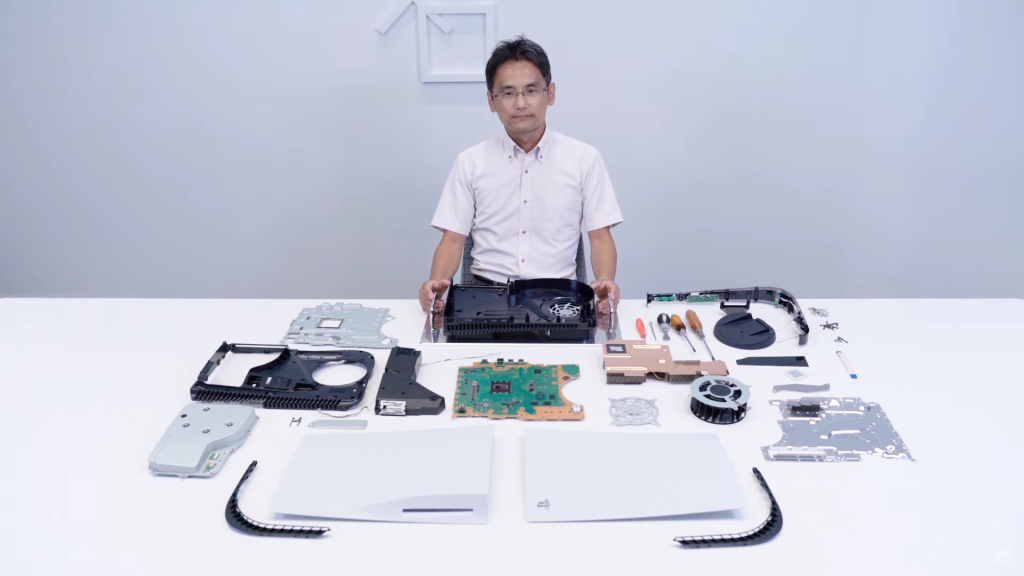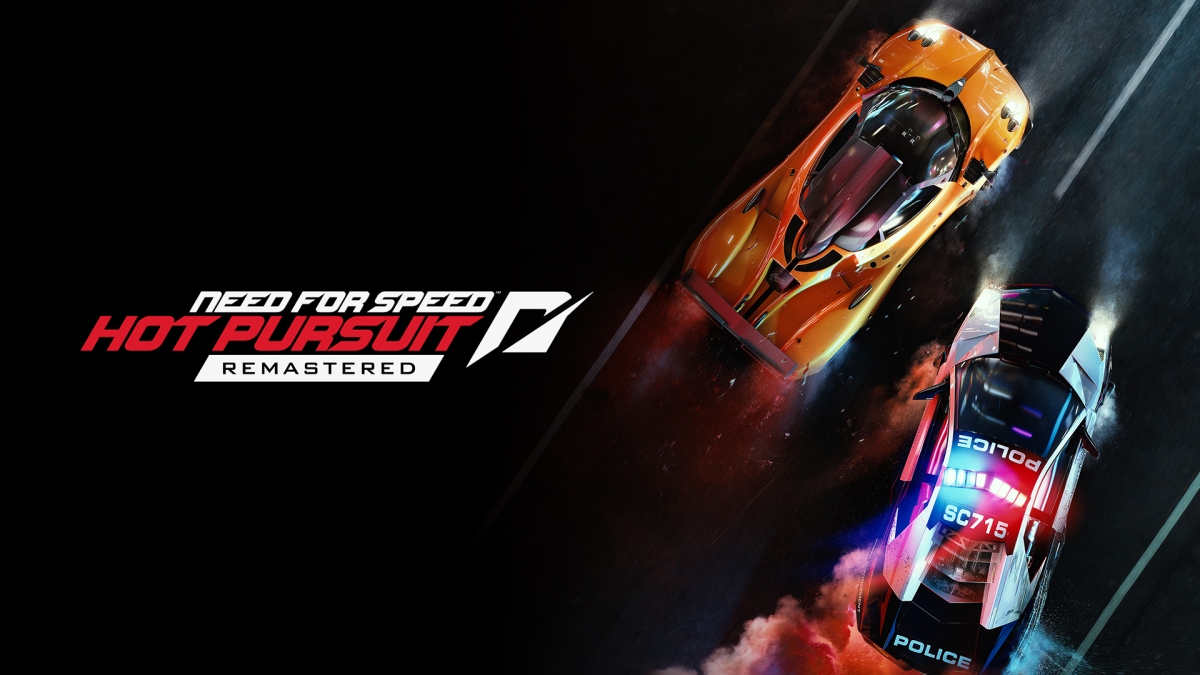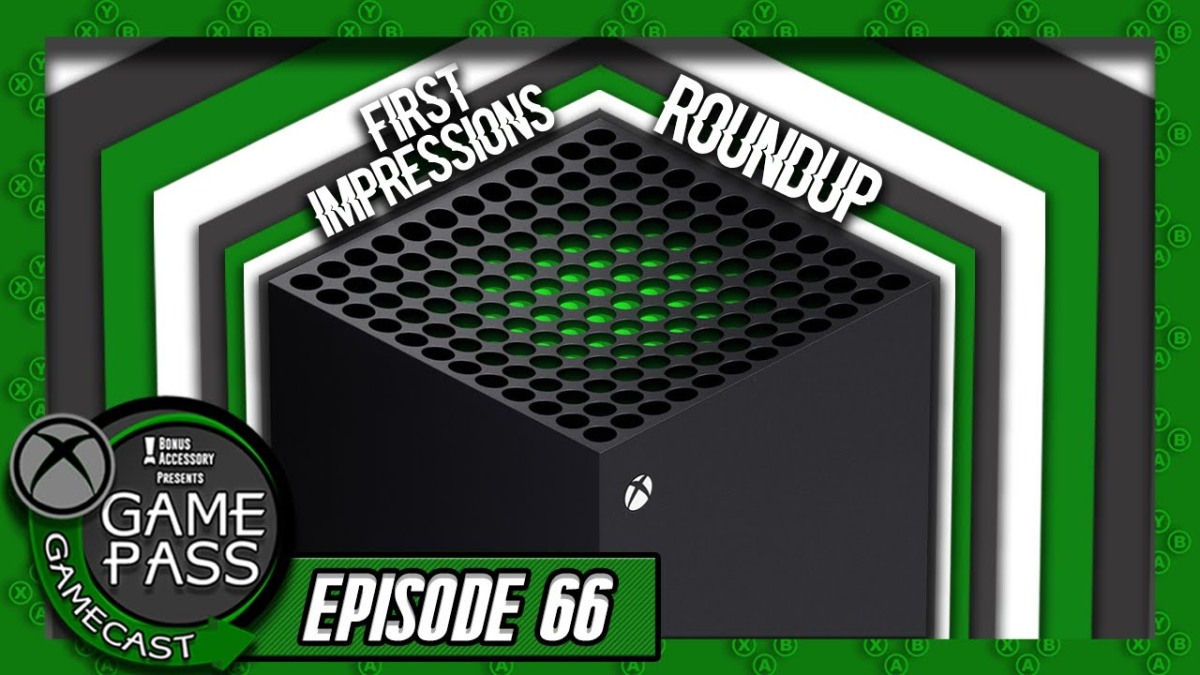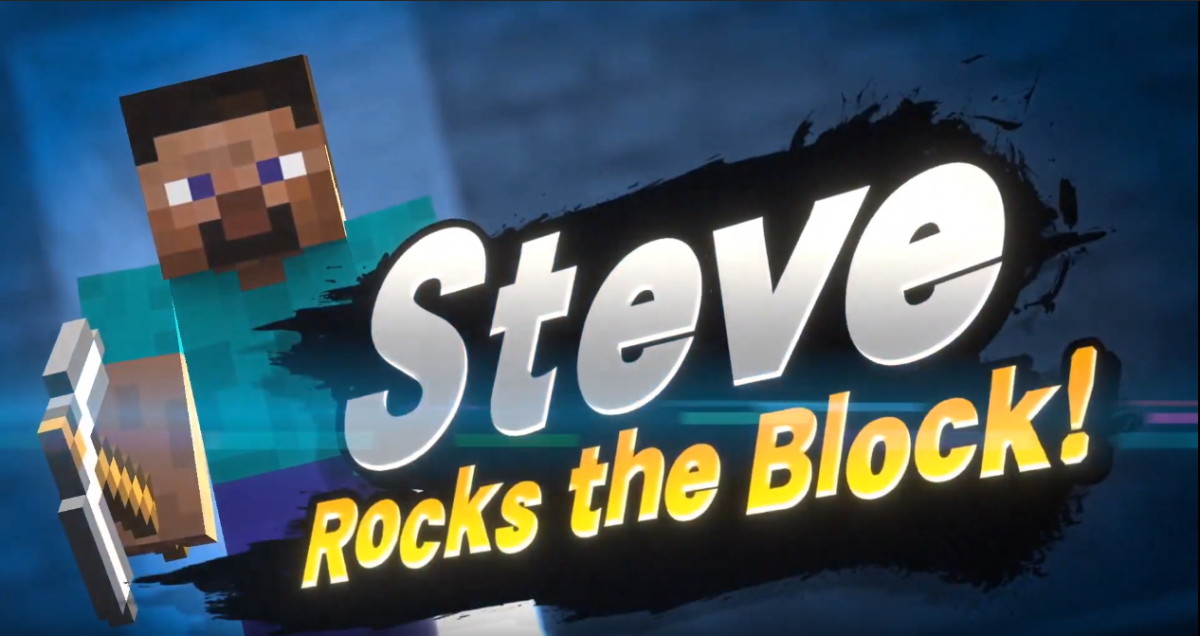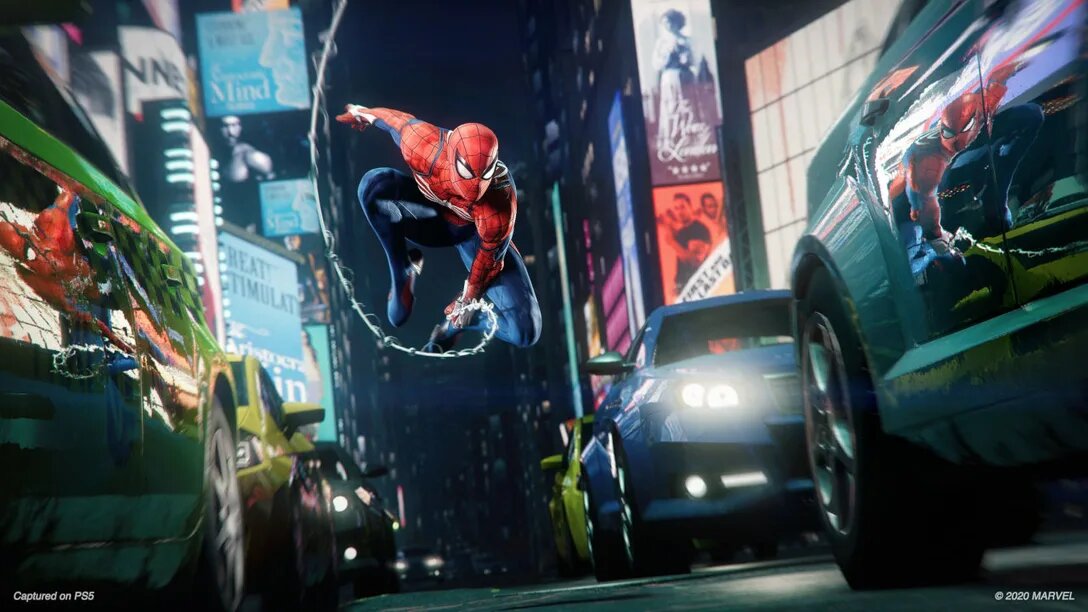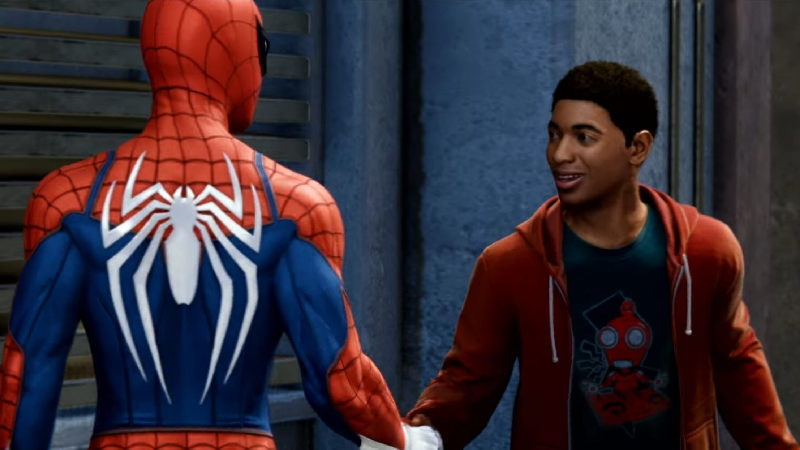Death Stranding is something.
What that exactly that something is, is really something I feel I’ve been asking myself for the better part of a year now since wrapping up the main narrative of Hideo Kojima’s latest project.
On one hand, it’s a game of facing your inner demons, finding beauty in the claustrophobia-inducing darkness surrounding the world (which I think we all relate to a little too much in 2020), and regaining hope in a people who deem themselves hopeless. Thematically, Death Stranding because surprisingly straight forward as the game unravels, but its the way that they’re presented that cements them in the player.

On the other hand, it’s an title that provides a gameplay experience that remains quite divisive among its player base. Taking up the mantel of a porter, focused on delivering everything from packages and goods to actual humans, doesn’t necessarily provide the sexiest material to slap on the back of a game case. While the mystery surrounding the world and narrative was arguably the main driving factor behind many gaming enthusiasts showing interest, it left many with the same through line: now what?
When I first started Death Stranding on launch day last November, I went in with an open mind. Over my gaming lineage, I never truly had a history with Hideo Kojima and his work. While I owned all PlayStation consoles, Metal Gear always remained a blind spot. Espionage and stealth were always two of my favorite themes and gameplay mechanics (I was a huge fan of the MGS-inspired Ubisoft franchise Splinter Cell), but for some reason the franchise so closely associated with the Japanese director has mostly remained an anomaly to me. With all of that said, I still had ideas of what to expect from a Kojima title, from being so invested into the industry for so long. Over-the-top storytelling, commitment to cinematic presentation, and unique character development and world building only begin to scratch the surface when talking about the gaming icon and his approach to game design.
Yet, a few days later, I found myself drifting from the experience. While Star Wars Jedi: Fallen Order dropped only a week after Death Stranding (which was my personal Game of the Year last year during Game Pass Gamecast’s Game of the Year discussions ) and knowing that the time commitment for the latter was averaging around 50 hours, I started feeling a weight associated with the title that ultimately resulted in my departure from playing the title. Maybe I wasn’t playing the game appropriately? Am I not grasping the true concept of the title? Continuously permeating in my head, I was ready to jump out of Kojima’s virtual version of America.

I often talk about perspective and how playing games at different times can make all of the difference. The Witcher 3: Wild Hunt is always my go to example when discussing perspective. As a lover of high fantasy RPGs, CD Projekt RED’s 2015 smash hit should’ve seen an instant connection with me, but after multiple attempts to push through White Orchard, I couldn’t find myself connecting with the massive world that the Polish developer constructed. Deciding to give it one last try on PC last holiday season, I booted it up on Steam and for some reason, it finally clicked. Devoured probably isn’t an accurate enough verb to describe my actions when playing CDPR’s masterpiece over a ten day period. 50 hours into the main quest alone, plus more over time (I’ve been saving Blood & Wine and Hearts of Stone for a rainy day to jump back into), I just fell head over heels for this fantasy epic.
And that’s what I needed to find drive to fall back into Death Stranding: perspective. While every post-Christmas lull of game releases seems to become more & more cluttered with new releases (thanks Capcom), but with Dragon Ball Z: Kakarot being the only major release earlier this year January (yeah, let that sink in…DBZ Kakarot came out THIS YEAR) I slowly found myself applying the same train of thought I had with the Witch 3 a month prior to Death Stranding. Maybe approaching the game with fresh eyes might work? Work it did. For the next week or so, I found my hands glued to my Dualshock 4 controller in front of my Sony Bravia 4K TV, absorbing the same world I felt pressuring me to leave a few short months prior.
But that’s the thing, I still don’t know why Death Stranding truly worked for me. Since rolling credits on it, I’ve gone back to try the Metal Gear Solid series (to ranging levels of success and enjoyment), and if one thing is for certain, it was never the plot that drove me to push through in his titles. Gameplay ruled all, specifically in Metal Gear Solid V: The Phantom Pain.
Death Stranding, though, had the opposite effect on me. I wanted to keep pushing through to get to the next story beat. While I did start to truly feel accomplished by the end, the majority of the gameplay always felt cumbersome and unmotivated. Finding ways to invest and upgrade a variety of vehicles, gadgets and weapons never really felt like an enjoyable thing to do. I’ll be honest it really sounds like I disliked this game; but that’s the thing, I really enjoyed.

What puzzles me most about that conclusion is exactly why I did and why I’m still finding myself thinking back fondly on the experience. In all reality, Death Stranding probably shouldn’t have been a success; a convoluted story paired with a gameplay premise that left many scratching their heads at the reveal, not to mention said gameplay being clunky at times all spelled for a potential disastrous first outing for the longtime game director’s development studio. Yet, Death Stranding somehow worked.
Maybe it was the stellar cast’s commitment to the project. Gone are the years of quick celebrity cash-ins within the gaming industry and Death Stranding is the perfect example of that. Emotional performances from Tommie Earl Jenkins as Die Hard Man, Mads Mikkelsen as Cliff, Lea Seydoux as Fragile, and of course Norman Reedus as Sam cement this game as hands down one of the best (if not THE best) acted games in the medium’s history. Maybe it was the absolutely stunning environments produced within the game, spawning miles of photogrammetry-detailed rock formations, meshed with lush green fields and frozen, snow covered tundras. Maybe it was the evolution of Kojima’s approach to cinematography, providing emotional and personal perspective to many of aspects of Sam’s adventure and providing a completely unique atmospheric experience.

As I sit here thinking about how this all plays into the title as a whole, a game I haven’t touched since I rolled credits all the way back in January, I think it’s finally hit me: Death Stranding’s approach to adventure may be unmatched. With the amount of negativity I’ve thrown to core aspects of this title, but to still find a plethora of aspects to adore, is hard to quantify, but what would a journey be without hardships? As I said, while there were times that I felt unmotivated by the gameplay, as I began to round out my experience, I found myself feel rewarded from the obstacles I faced. In some crazy way, Death Stranding’s approach to adversity feels…grounded.
As I said at the top, Death Stranding is definitely something. It’s still hard to put a finger on why I keep thinking about this game, considering I don’t have a desire to replay it or anything like that. The feeling almost feels nostalgic, as if I’m looking back and saying “I can’t believe I survived that adventure”.
Maybe one day I’ll figure out the “why” to my question, but until then, I’ll just “keep on keepin’ on”.
For update on Death Stranding and all things Kojima Productions, keep it locked in at Bonus Accessory.

